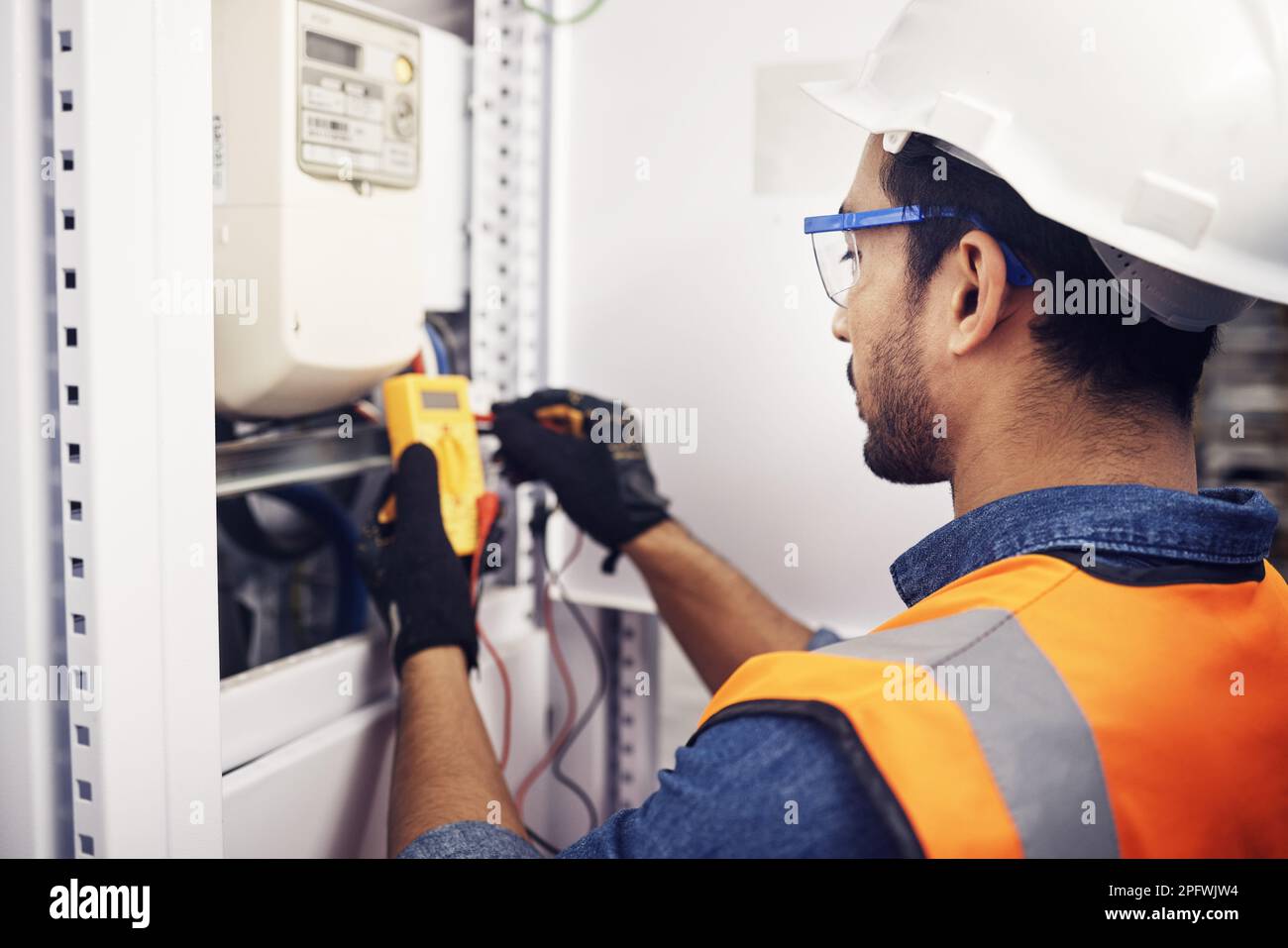The Duty of Energy Screening in Accomplishing an Airtight Service for Your Residential property
Energy screening is necessary for homeowner seeking to develop an airtight atmosphere. It determines air leaks and inadequacies that can compromise energy efficiency. Common perpetrators consist of spaces around doors and windows. Making use of techniques like blower door tests and thermal imaging, home owners can acquire understandings right into their building's susceptabilities (air tight solutions). Comprehending these searchings for is important. What steps should be taken as soon as air leaks are determined? The responses hold the key to boosted comfort and cost savings
Recognizing Power Testing and Its Importance
Energy testing plays a crucial function in evaluating the airtightness of frameworks and buildings. By gauging air leak, this method provides vital insights right into a residential property's energy efficiency, thermal comfort, and general efficiency. Airtight structures reduce energy intake, making sure that cooling and heating systems run successfully. This screening process usually includes strategies such as blower door tests, which develop a regulated setting to determine unexpected air pathways.Understanding the significance of power screening prolongs past compliance with structure codes; it promotes a positive method to sustainability. Determining air leakages early can bring about timely removal, eventually boosting interior air high quality and minimizing utility prices. Additionally, power screening adds to the durability of structure products by lessening wetness accumulation and associated damages. As understanding of environmental influence rises, energy testing comes to be an important tool for builders and home owners going for high-performance properties.
Usual Sources of Air Leaks in Quality
Identifying typical resources of air leaks is essential for enhancing a property's energy performance. These leaks often take place in various areas of a building, substantially influencing heating & cooling expenses. Typical perpetrators consist of spaces around doors and windows, where seals might deteriorate over time. Furthermore, electric outlets and switches can develop paths for air exchange otherwise properly shielded. Attics and basements are additionally regular sources, especially where wall surfaces satisfy the roofing system or the foundation. Various other potential leak factors consist of pipes infiltrations, airing vent systems, and the areas surrounding chimneys. Older buildings might endure from degraded structure materials, increasing vulnerability to air infiltration. By identifying these typical sources, homeowner can take aggressive actions to seal leaks, thus boosting general power effectiveness and convenience within their rooms. Attending to these problems is a crucial component of developing an airtight remedy for any kind of building.
Methods of Energy Screening: Blower Door and Thermal Imaging
Effective power testing methods, such as blower door examinations and thermal imaging, play an important duty in detecting air leaks within a residential or commercial property. The blower door test involves depressurizing a structure or pressurizing to measure air movement and recognize leakages. A calibrated follower is set up in an outside entrance, and the resulting pressure distinction highlights locations of unwanted air seepage. This approach measures the overall airtightness of the structure.Thermal imaging enhances blower door tests by visually finding temperature variations on surfaces, disclosing hidden air leakages. Infrared electronic cameras catch heat loss or gain, enabling exact identification of trouble locations, such as improperly shielded wall surfaces or gaps around doors and windows. energy testing. With each other, these methods provide a comprehensive assessment of a property's energy effectiveness, making it possible for homeowner to deal with air leaks efficiently and boost overall efficiency
Advantages of Identifying Air Leaks
Identifying air leakages offers considerable benefits for energy effectiveness and indoor comfort. By securing these leaks, structures can lower power usage, bring about lower energy costs and a lowered carbon footprint. Furthermore, boosted airtightness adds to a much more steady indoor atmosphere, boosting overall comfort for occupants.
Energy Effectiveness Improvements
Detecting air leaks is vital for enhancing energy effectiveness in structures. Recognizing these leakages allows residential or commercial property owners to attend to locations where conditioned air leaves or unconditioned air goes into, causing substantial power cost savings. By securing cracks and spaces, buildings can preserve a constant temperature level, lowering the need on home heating and cooling systems. This not only lowers energy bills but likewise decreases the ecological influence linked with boosted power intake. In addition, power effectiveness renovations contribute to a structure's total sustainability, making it an extra eye-catching alternative for eco-conscious purchasers or lessees. Inevitably, focusing on air leakage discovery and removal aids enhance energy usage, advertises liable resource management, and sustains lasting financial advantages for homeowner.

Enhanced Indoor Comfort
Attending to air leakages not only causes energy cost savings yet also substantially enhances indoor comfort. When air leaks are effectively recognized and secured, temperature policy within a home becomes a lot more efficient. This leads to important site constant interior temperatures, eliminating cold drafts in winter season and locations in summer. Improved insulation additionally lowers sound pollution from outside, producing a quieter and more serene living atmosphere. In addition, boosted air top quality is attained by decreasing the seepage of exterior toxins, irritants, and moisture, contributing to the total well-being of occupants. Subsequently, home owners experience an even more pleasurable environment, fostering relaxation and productivity. Ultimately, remedying and identifying air leakages is necessary for accomplishing excellent indoor comfort throughout the year.
Just How Energy Screening Enhances Comfort and Indoor Air Quality
Power testing plays an essential function in boosting temperature level policy within interior areas, ensuring a comfy and constant setting. By securing and identifying air leakages, it also significantly minimizes the seepage of toxins, consequently boosting interior air quality. This double impact promotes total health for residents.
Boosted Temperature Guideline
Effective temperature level policy greatly contributes to both convenience and interior air high quality, making it a vital emphasis for contemporary structure design. Energy screening plays an important function in attaining this law by identifying locations where warmth loss or gain occurs, enabling for targeted renovations. By ensuring an airtight building envelope, energy screening aids maintain consistent indoor temperature levels, minimizing the demand for too much home heating or cooling. This security improves owner convenience, as variations in temperature level can lead to discomfort and frustration. Additionally, effective temperature control can boost indoor air quality by decreasing the risk of condensation and mold development, which flourish in unequal temperature conditions. Power screening is essential for optimizing temperature level monitoring in household and business properties. Business Minimized Contaminant Seepage
While lots of elements contribute to interior air high quality, decreased contaminant infiltration attracts attention as an essential facet that power testing can significantly improve. Power testing recognizes air leakages and weak points in a structure's envelope, which may permit outdoor contaminants, irritants, and dampness to go into interior spaces. By sealing these leakages, homes can efficiently limit airborne contaminants, bring about a healthier environment. Enhanced airtightness not only improves comfort yet also minimizes the worry on heating and cooling down systems, causing power savings. Furthermore, reduced contaminant seepage cultivates much better total well-being for passengers, as cleaner air promotes respiratory system health and wellness and reduces allergy signs. Energy screening plays a critical duty in developing both a health-conscious and energy-efficient living room.
The Financial Impact of Energy Screening on Energy Expenses

Steps to Take After Energy Testing Outcomes
When power screening outcomes remain in, homeowners should very carefully examine the searchings for to figure out one of the most reliable course onward. The very first action entails identifying the locations that need renovation, such as air leakages or insulation deficiencies. Property owners need to then focus on repairs based upon the seriousness of the issues and their potential effect on energy efficiency.Next, it is suggested to seek advice from experts that specialize in power effectiveness to create a comprehensive action plan. This may include options like sealing gaps, including insulation, or upgrading home windows and doors.After carrying out the needed modifications, a follow-up energy test can identify the effectiveness of the repairs. Constant tracking is additionally vital to guarantee that the property keeps its impermeable standing gradually. By adhering to these actions, property owners can substantially boost their building's energy efficiency, resulting in decreased utility expenses and enhanced convenience.
Frequently Asked Concerns
Exactly how Often Should I Conduct Energy Evaluating on My Residential property?
The regularity of energy testing ought to commonly be every few years, or adhering to substantial improvements. Routine assessments help determine performance enhancements and assure that the property keeps perfect power efficiency over time, adjusting to transforming problems.
Is Power Testing Necessary for New Constructions?
Power screening is essential for brand-new buildings, as it recognizes prospective air leakage and insulation issues - air tight solutions. Implementing these tests guarantees power effectiveness, enhances indoor comfort, and fulfills he said building ordinance, inevitably causing lasting price savings
Can I Do Power Testing Myself?
Power testing generally calls for specific tools and competence. While some homeowners may attempt standard analyses, specialist solutions ensure accurate results and reliable recognition of issues, inevitably causing much better power performance and comfort in living areas.
What Is the Cost of Professional Power Screening Providers?
The cost of specialist power screening solutions typically varies from $300 to $1,500, depending upon property complexity, location, and size. Property owners must consider potential power savings when evaluating the investment in these services.
How Much Time Do Energy Testing Results Normally Last?
Power screening results usually remain legitimate for one to three years, depending on elements like building alterations and environmental adjustments. Routine updates are advised to ensure accuracy and keep reliable power effectiveness requirements. Reliable energy screening techniques, such as blower door tests and thermal imaging, play an important duty in diagnosing air leaks within a residential property. Determining these leakages permits residential property owners to deal go to this website with areas where conditioned air leaves or unconditioned air goes into, leading to significant power savings. Energy testing determines air leaks and weak points in a building's envelope, which may permit exterior contaminants, allergens, and dampness to get in interior areas. As home owners significantly look for to lower their power expenditures, the function of power screening ends up being necessary in recognizing inadequacies and leaks. Property owners must after that focus on fixings based on the seriousness of the issues and their potential effect on power efficiency.Next, it is advisable to seek advice from with professionals who specialize in energy effectiveness to design a comprehensive activity strategy.